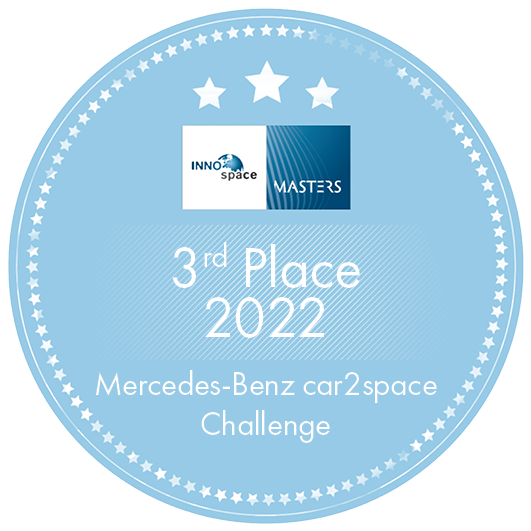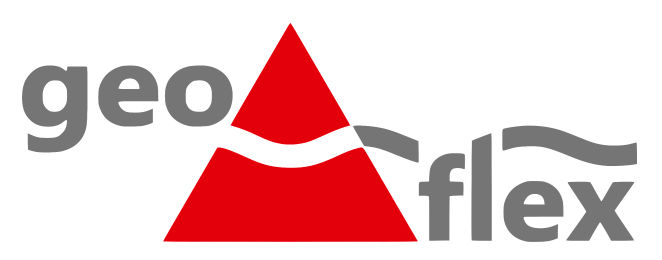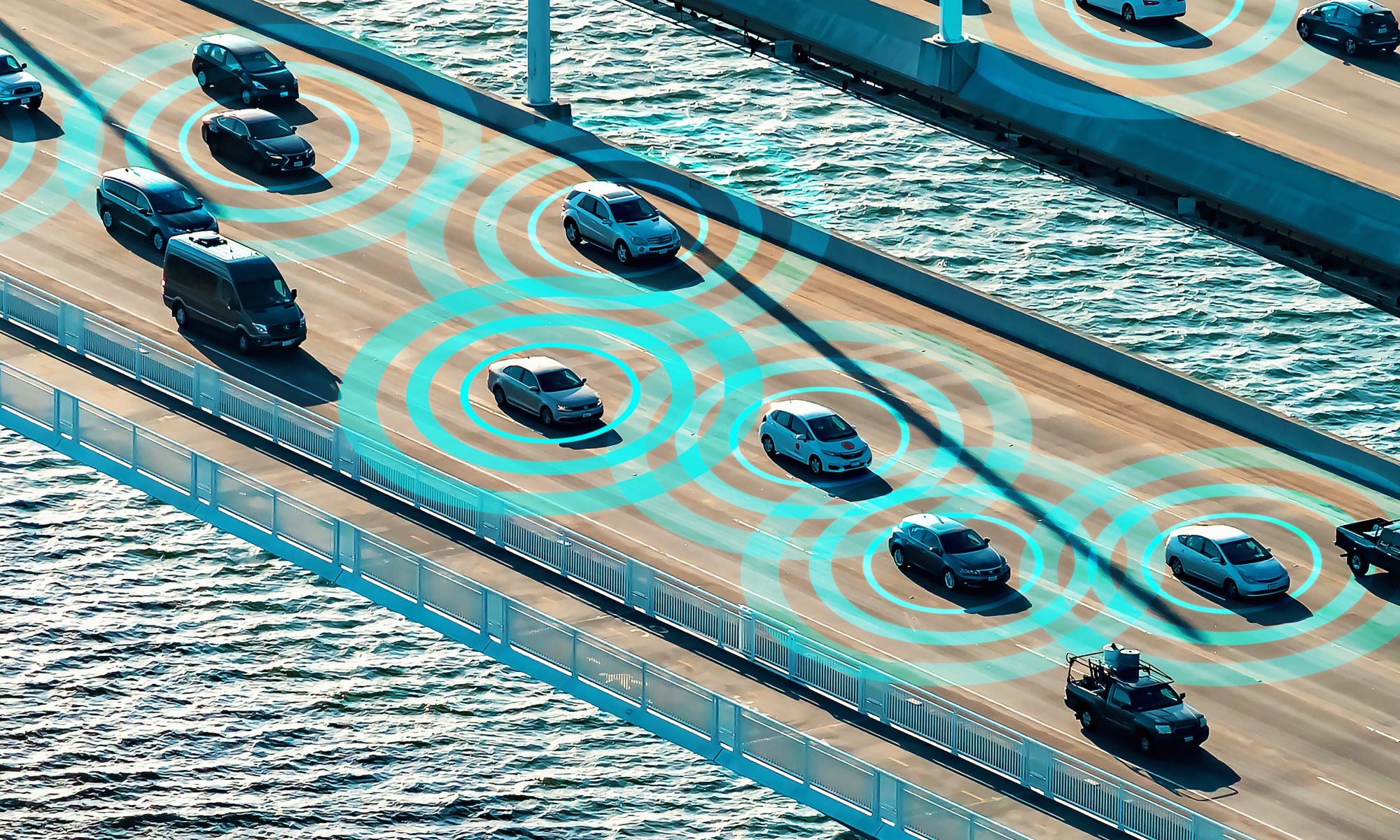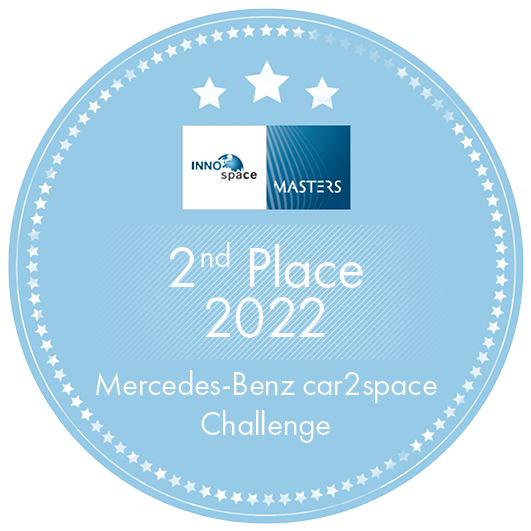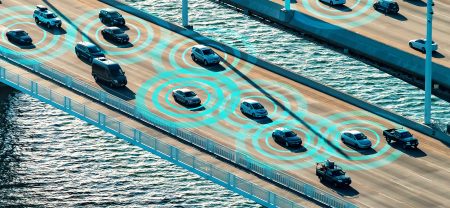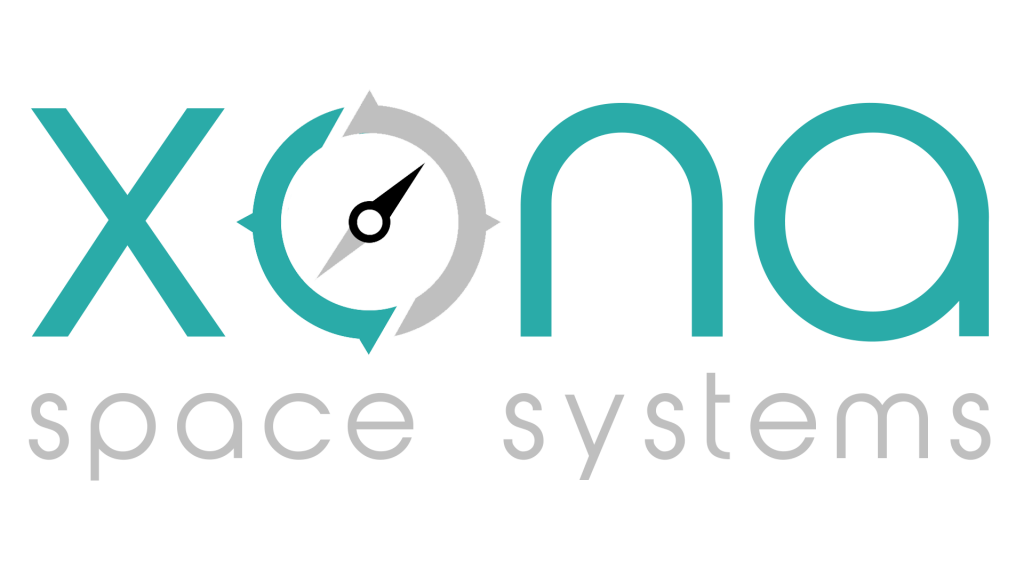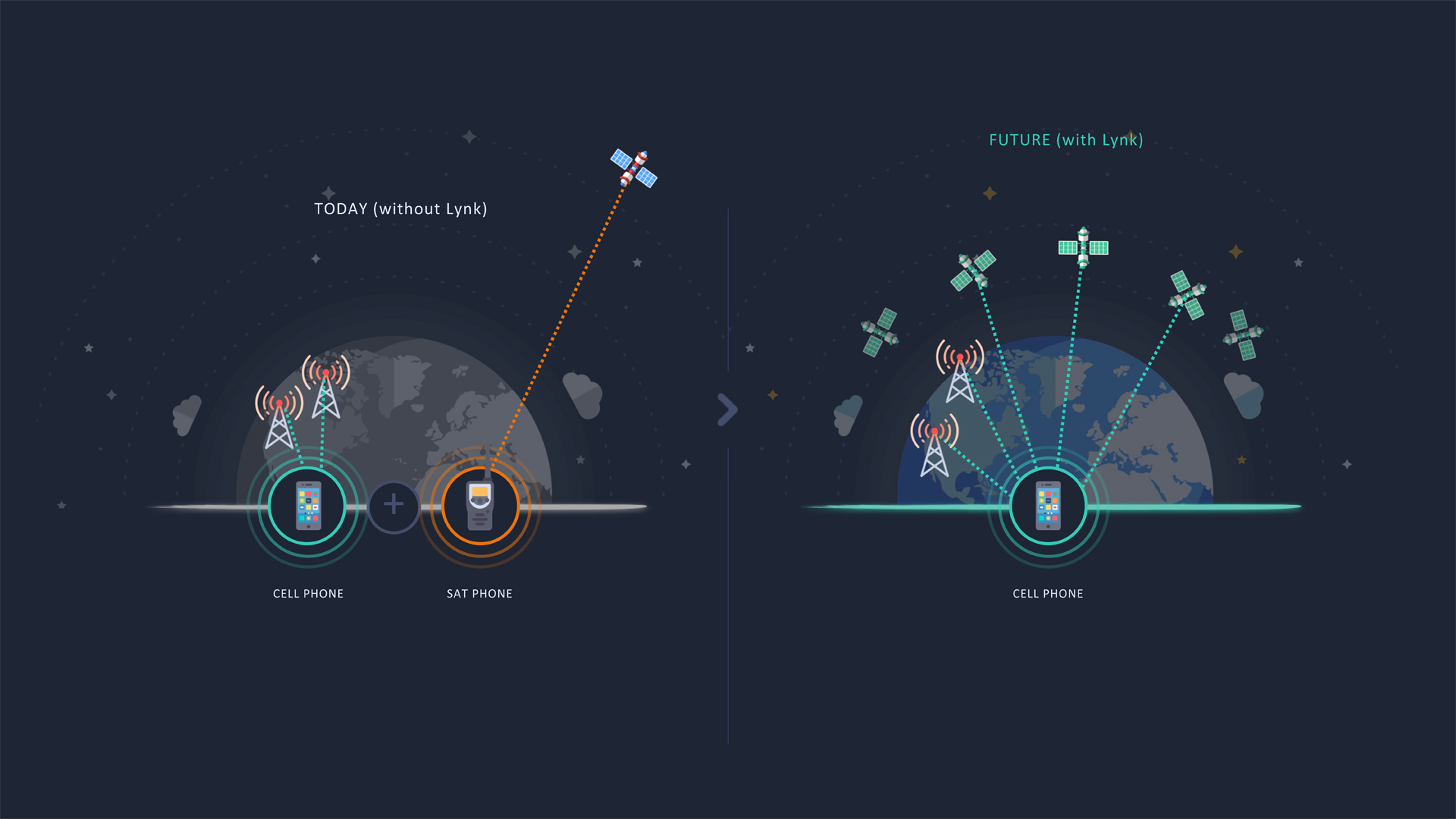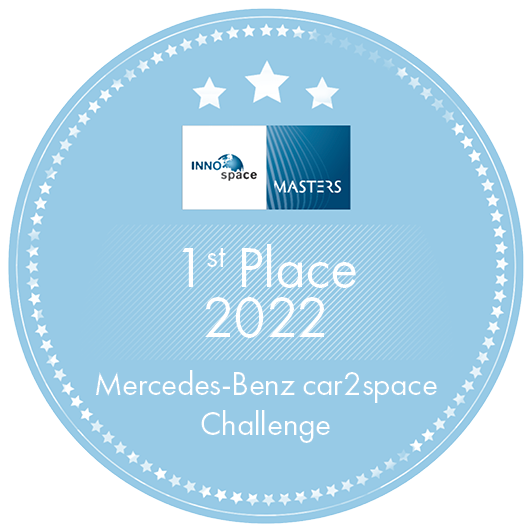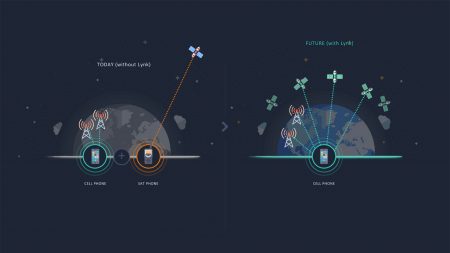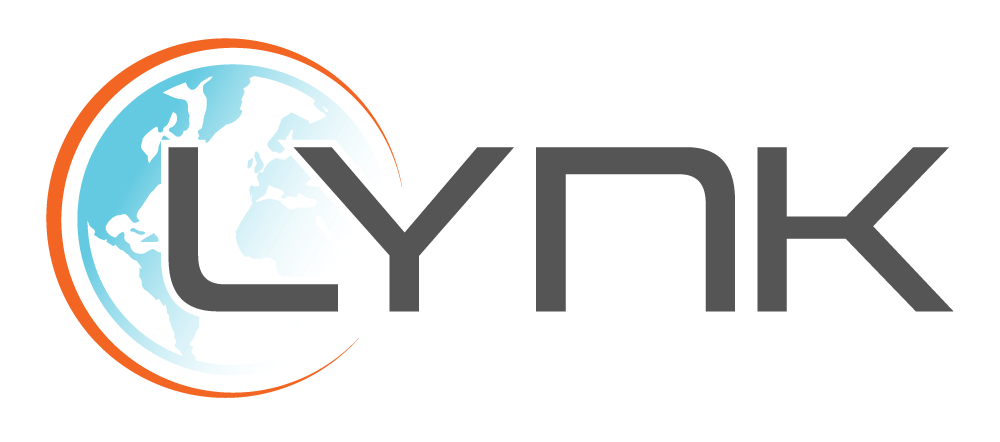A scalable solution for lane-level positioning

Lane-level navigation provides value for drivers with better ETA (estimated time of arrival) management, and more personalised and better anticipation for stress-free driving. Geoflex‘ high-accuracy lane-level positioning can be fitted in pretty much any car, with or without cameras. Moreover, high-accuracy lane-level map data can be crowdsourced at scale using the same vehicles. This creates a virtuous circle where the car with its positioning can detect new lane geometries, which can be sent to a map server to add to the coverage. The innovation relies on software algorithms that can be easily integrated into the navigation stack without complex integration with a computer vision system. There is no hardware upgrade needed and the new car position at decimeter accuracy can be broadcast to the navigation software instead of a standard GNSS feed. The positioning service is available worldwide, it leverages the 4 GNSS constellations (GPS, Galileo, Beidu, Glonass) and can be fused with other sensors with high integrity.
Benefits:
- Improve car positioning from metric accuracy to centimetric accuracy
- Maximise the value of GNSS, the only absolute positioning technology available in a car
- Improve the integrity and availability of multi-sensor positioning engines
- Leverage a wide range of applications from navigation to autonomous driving

